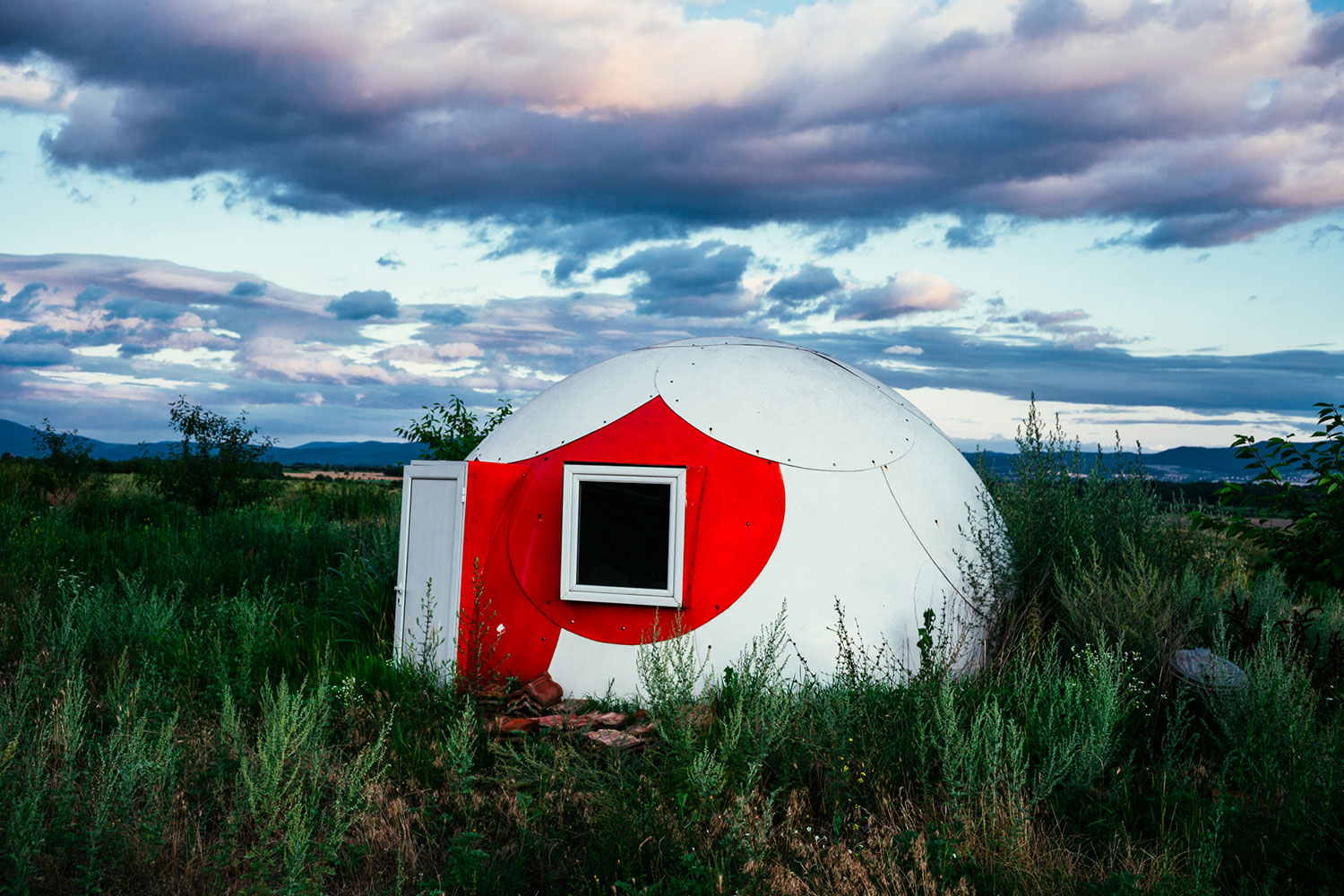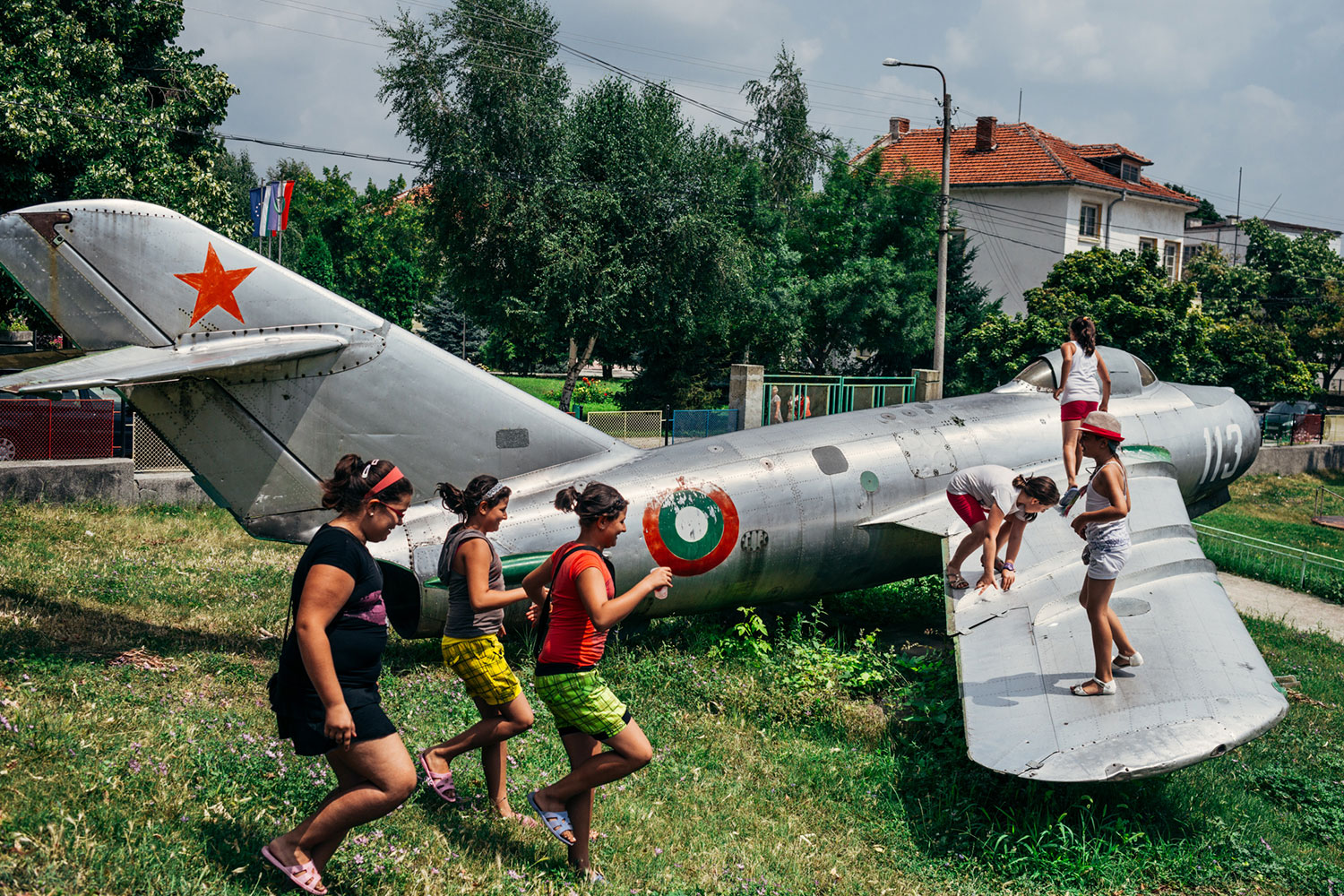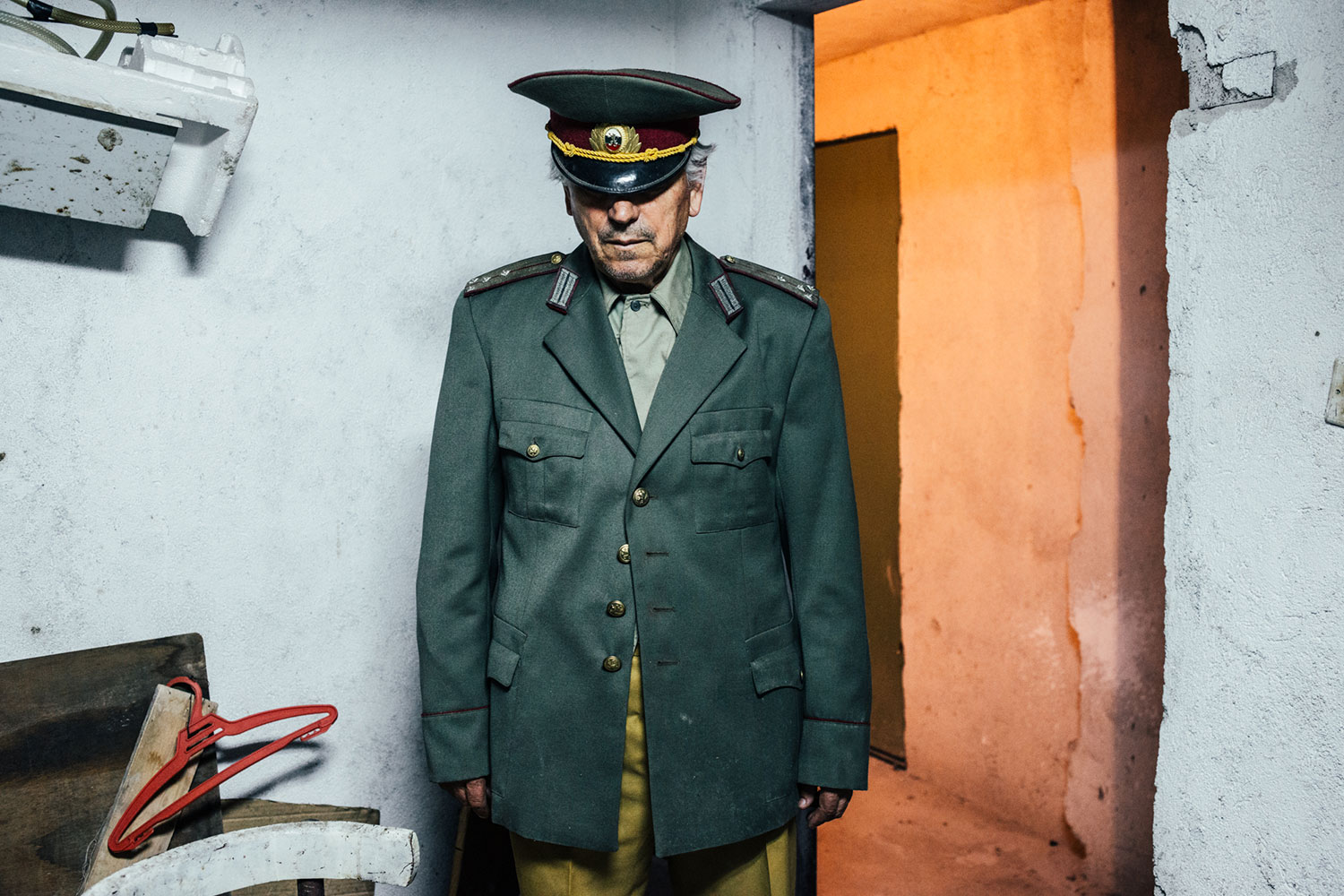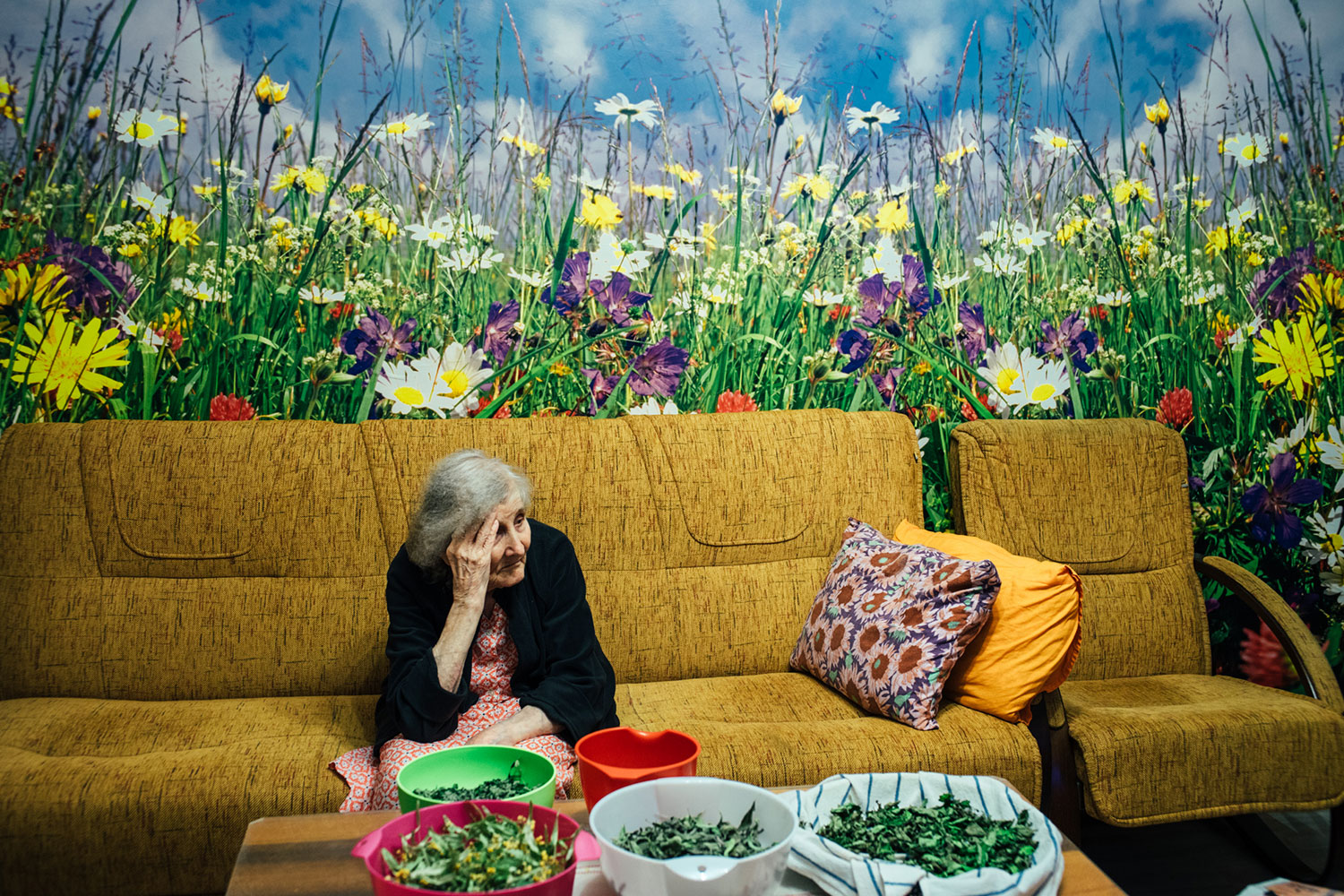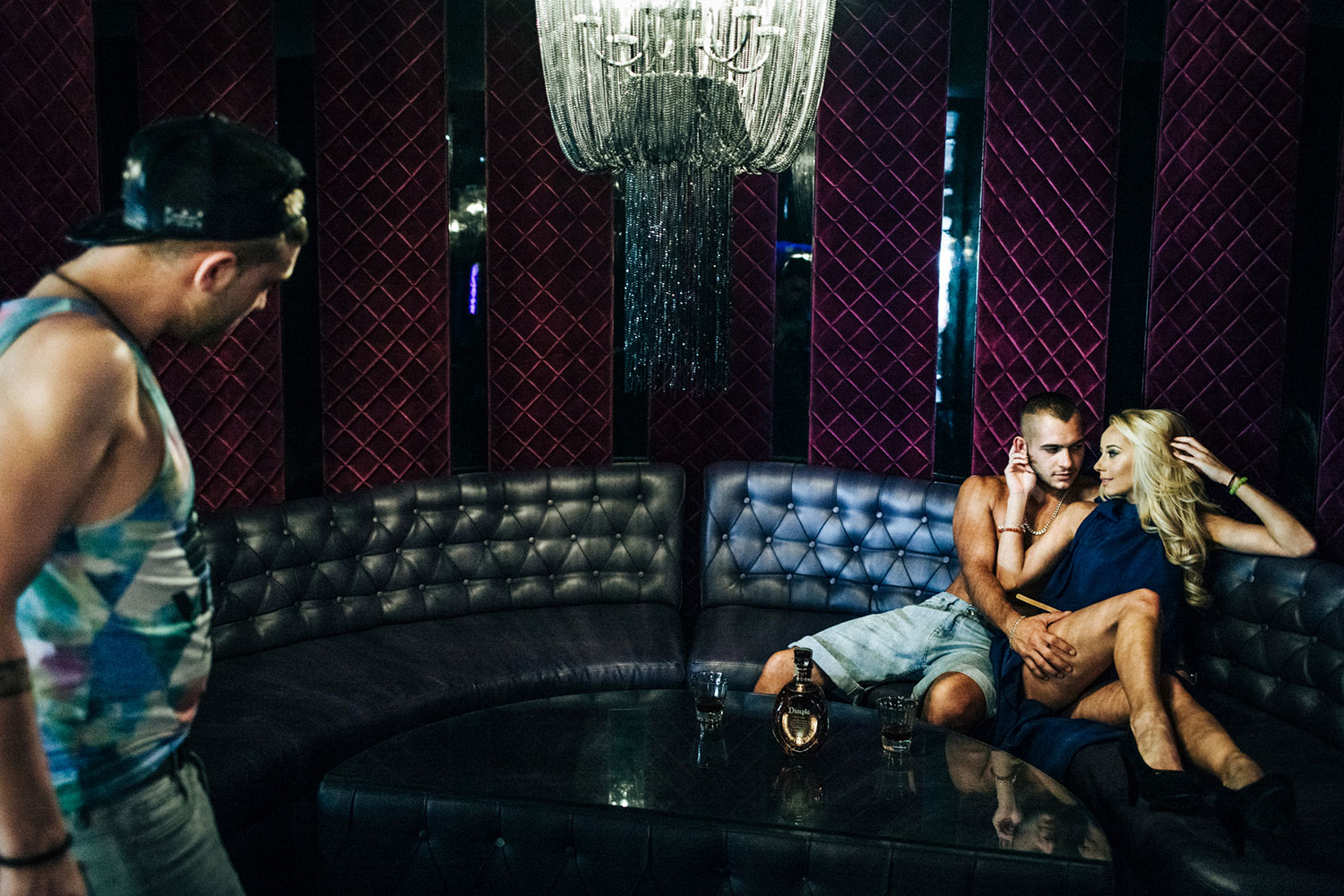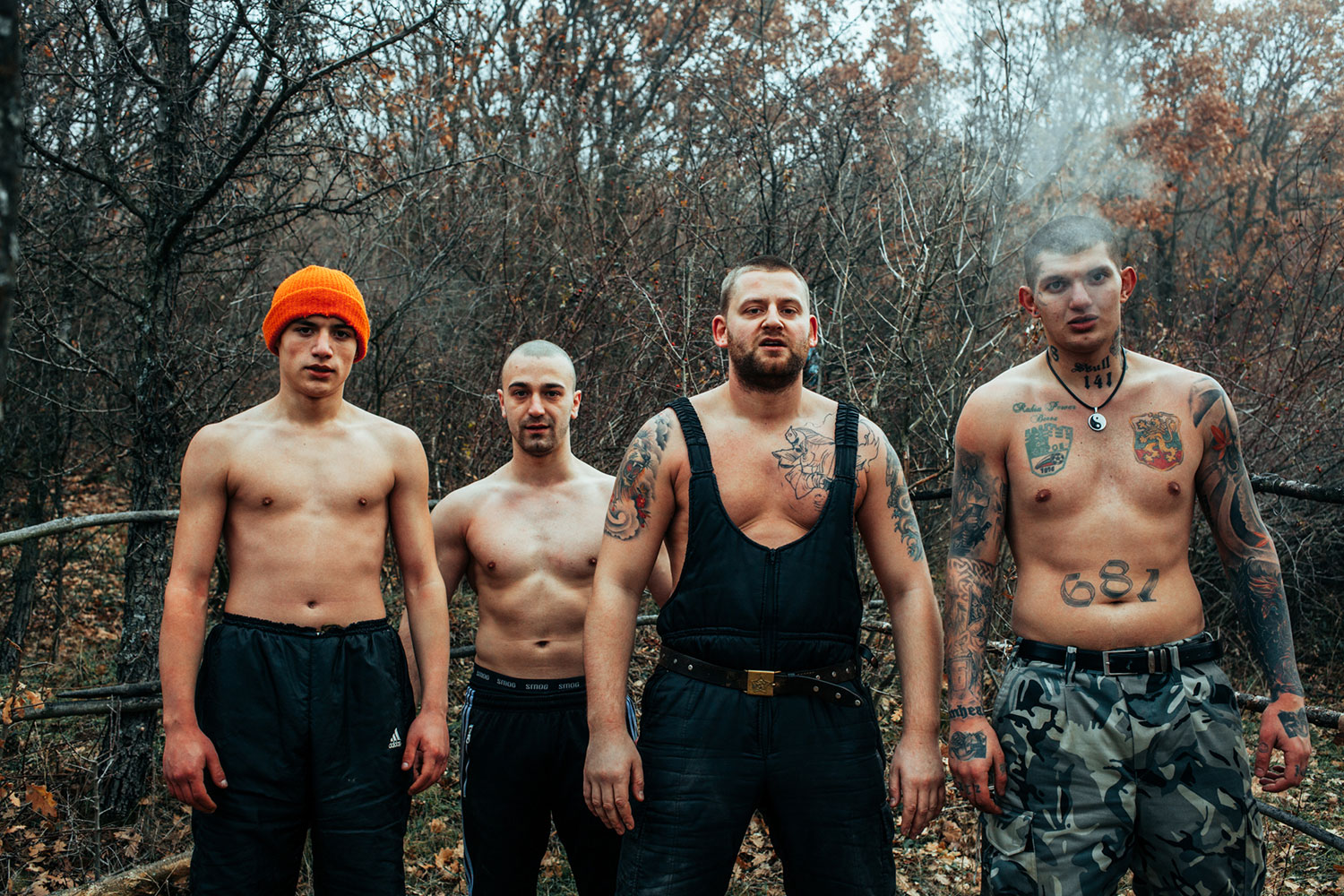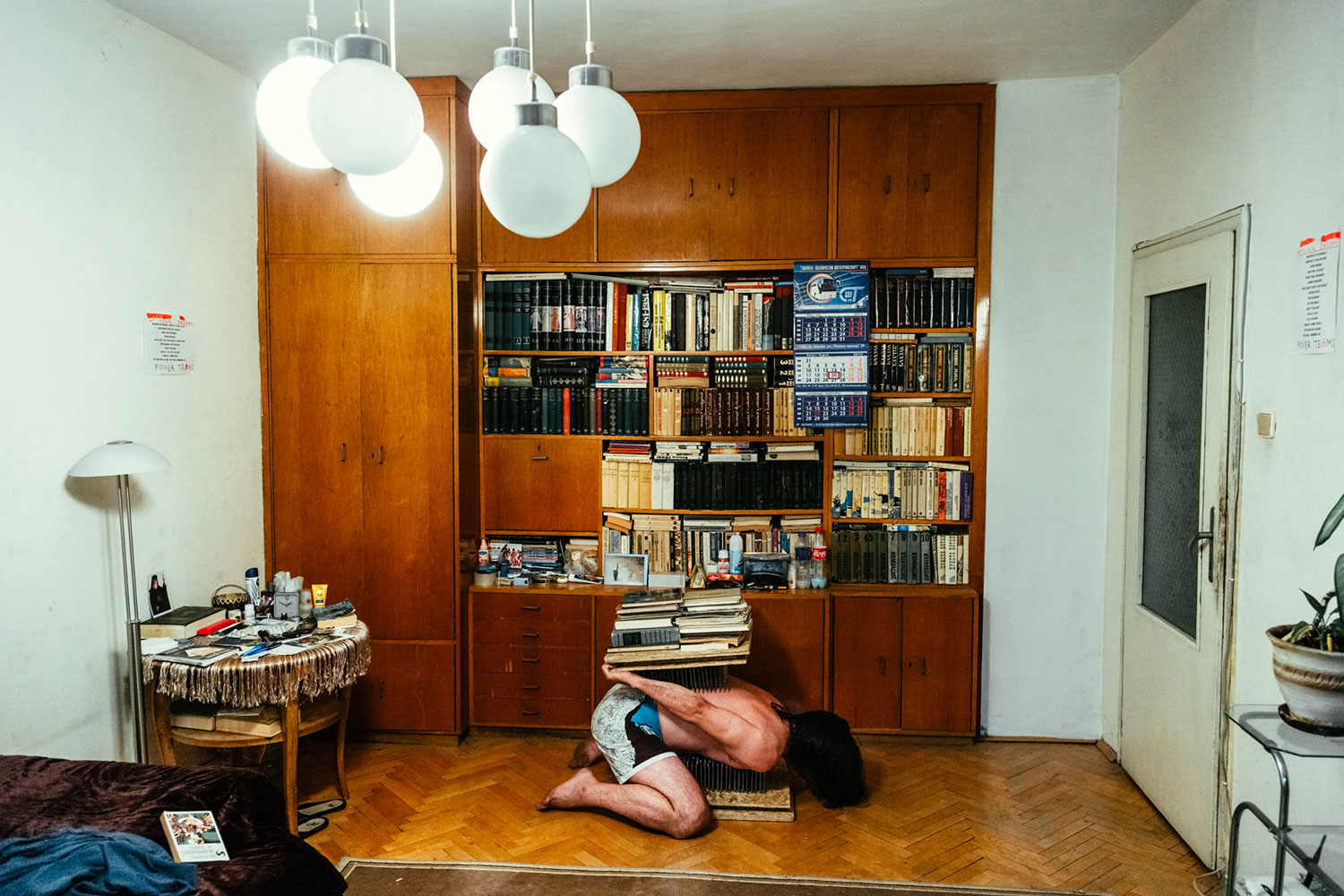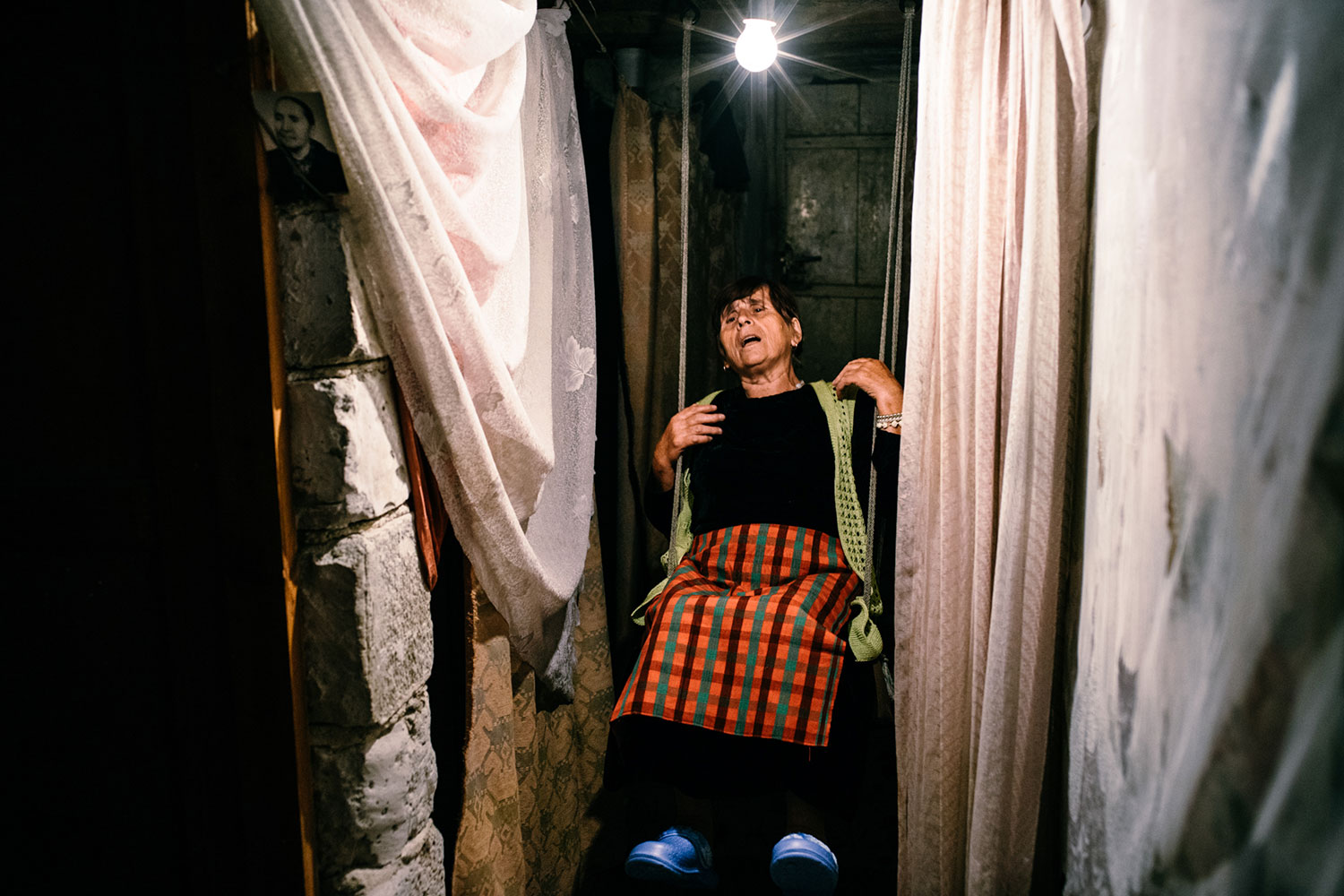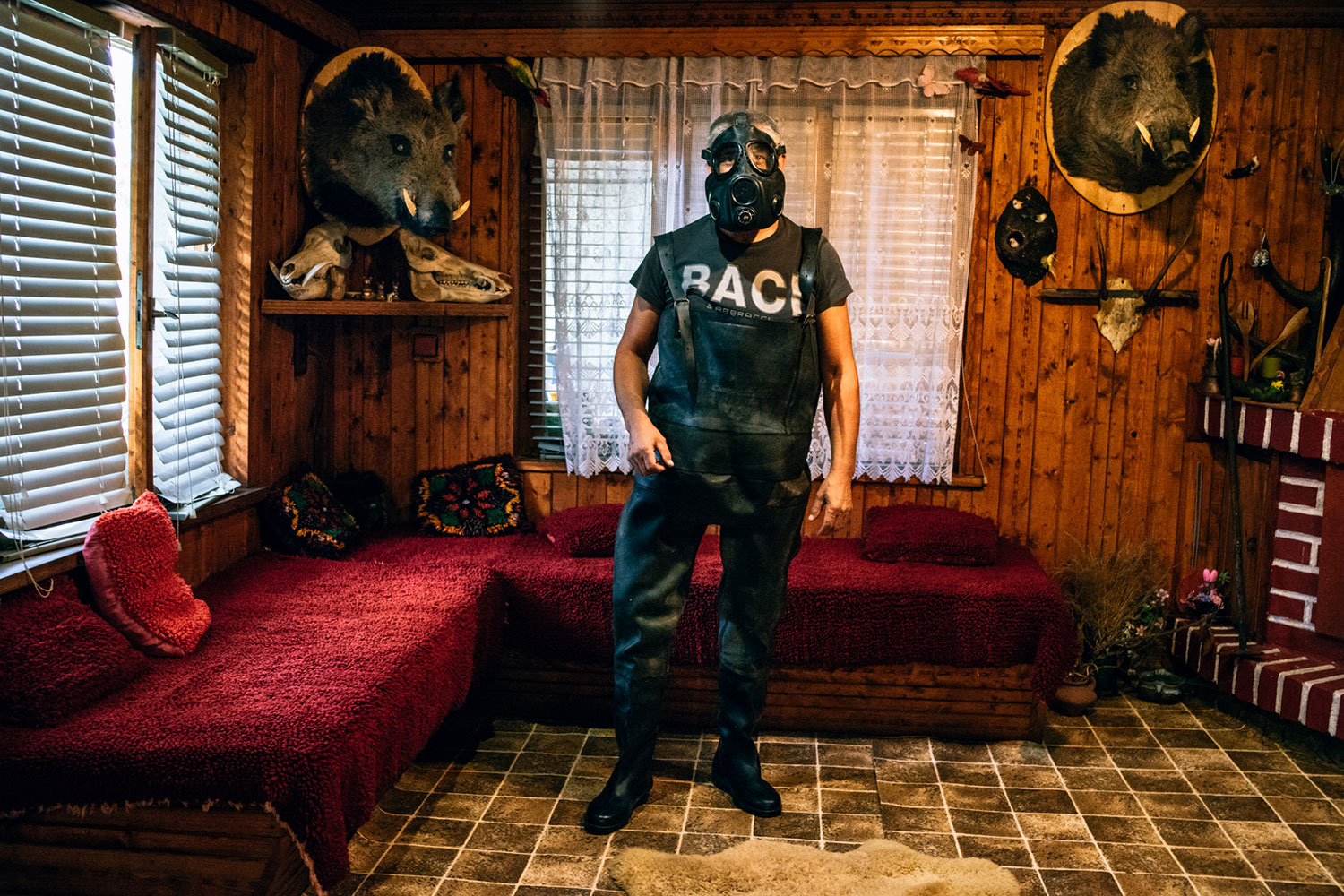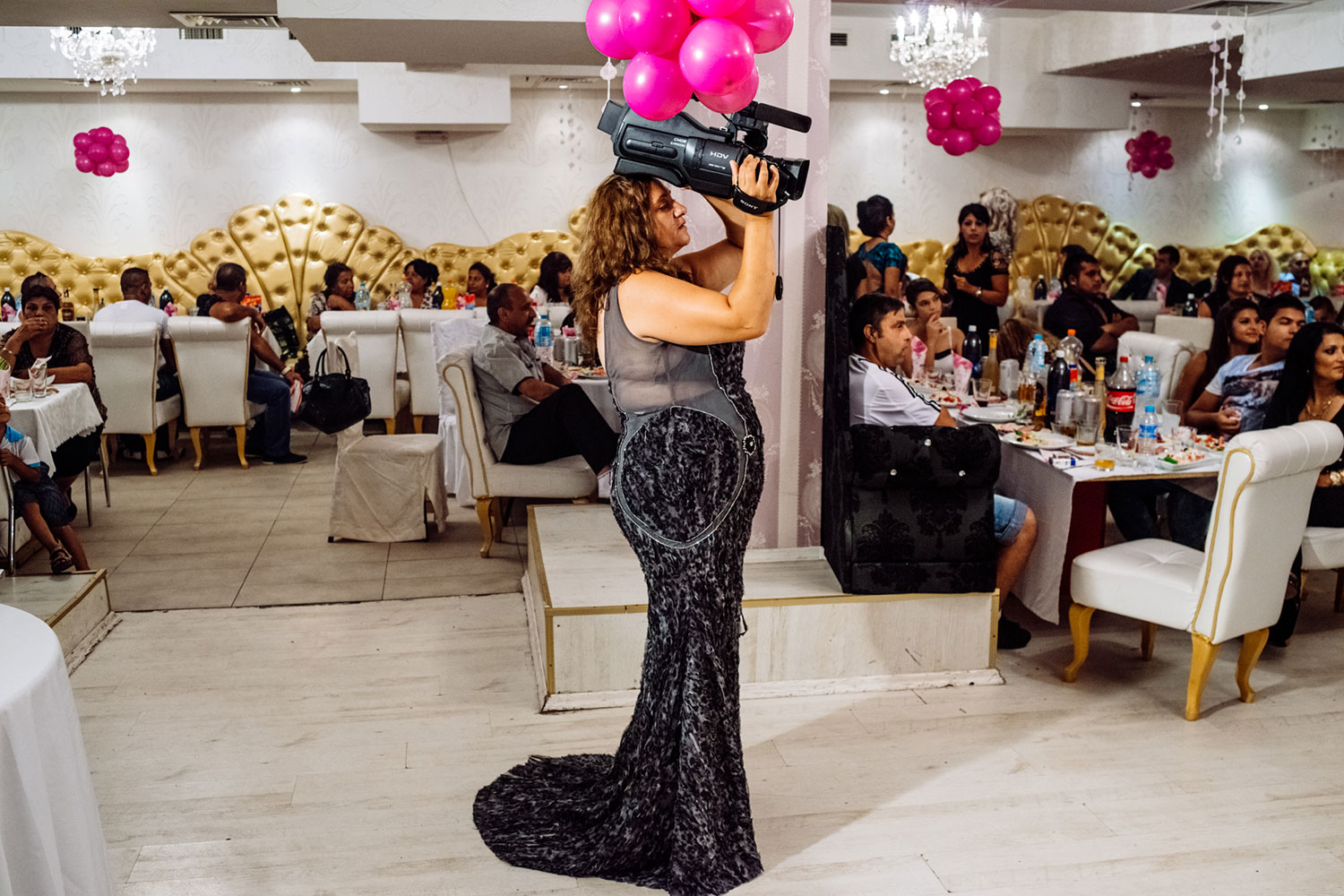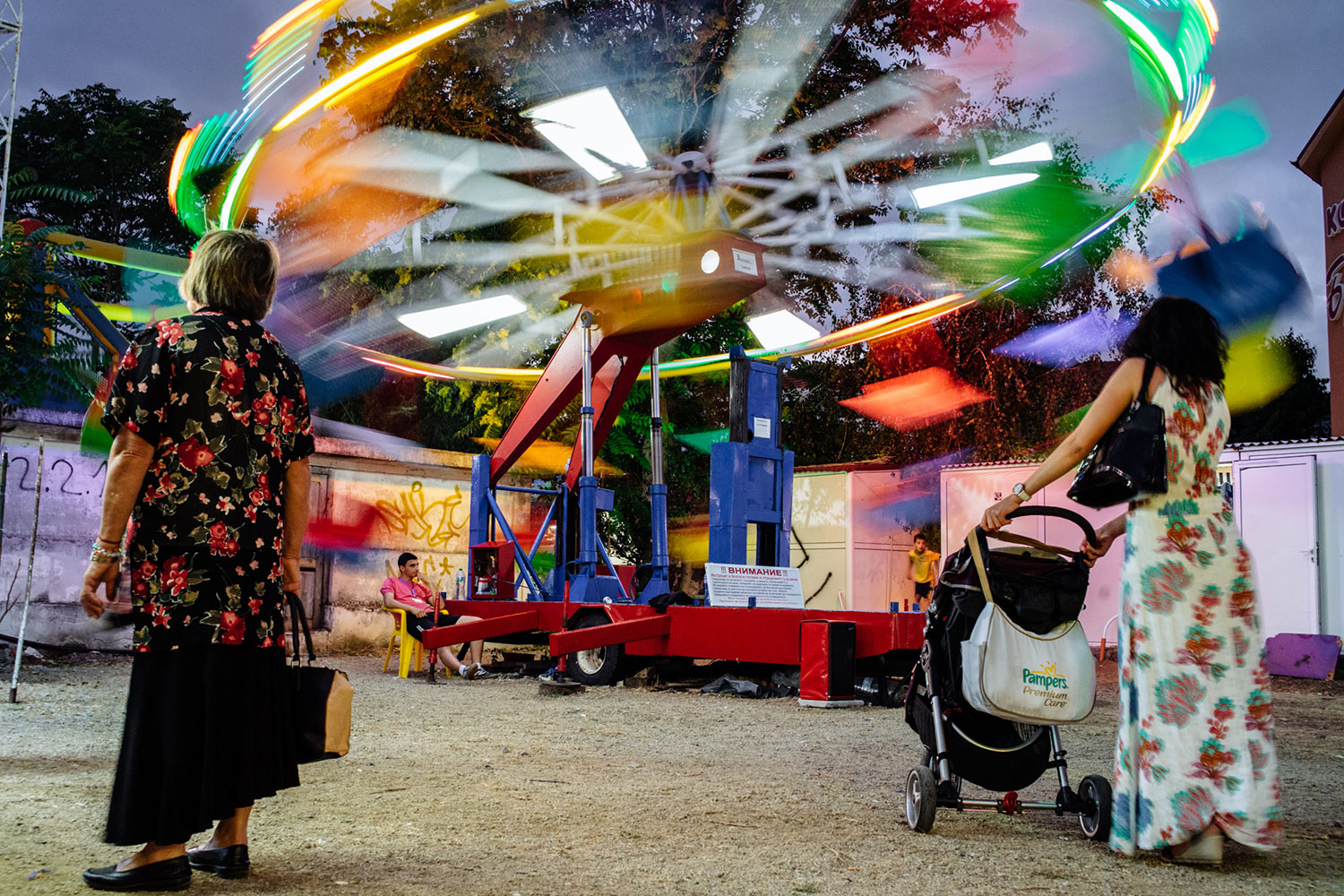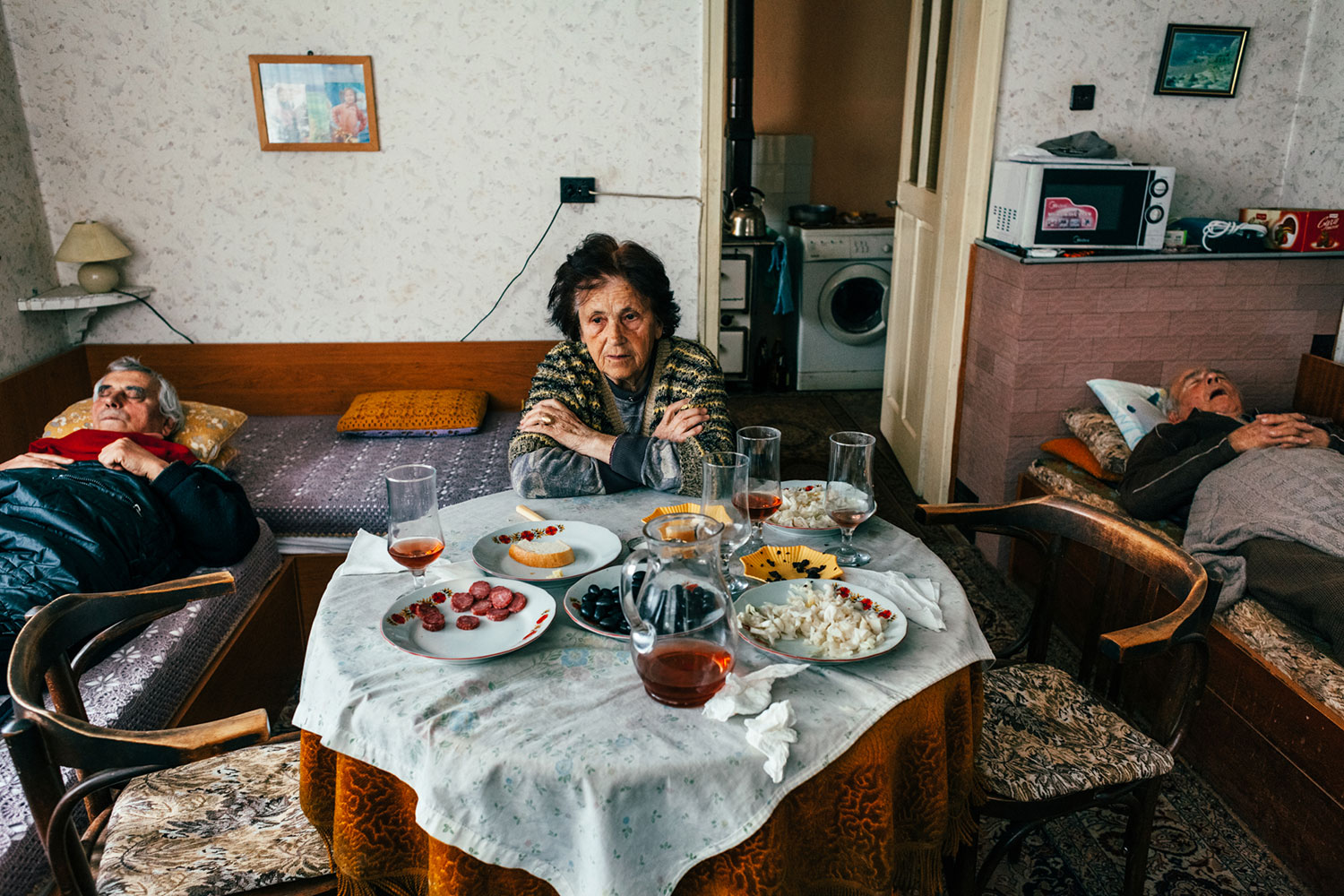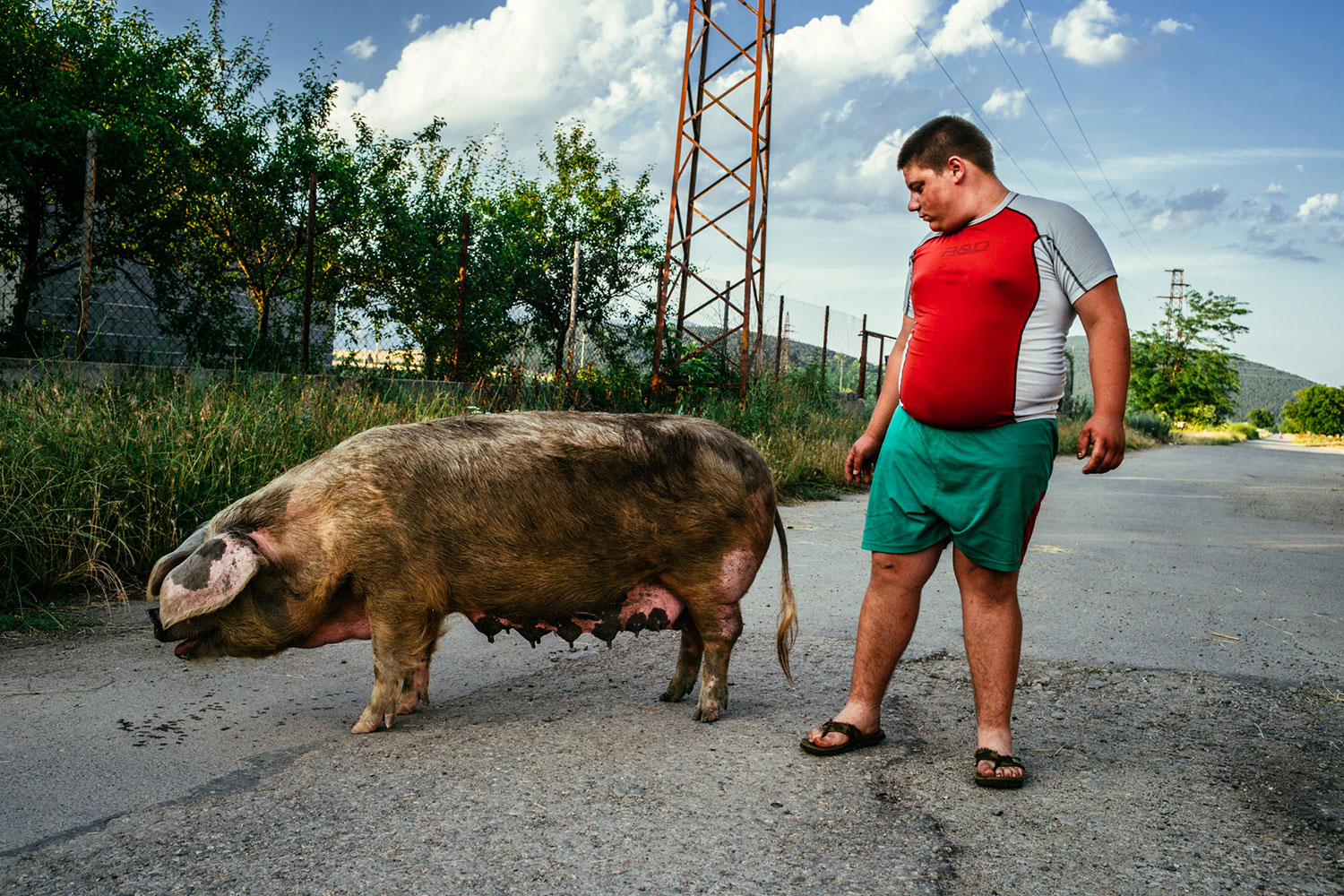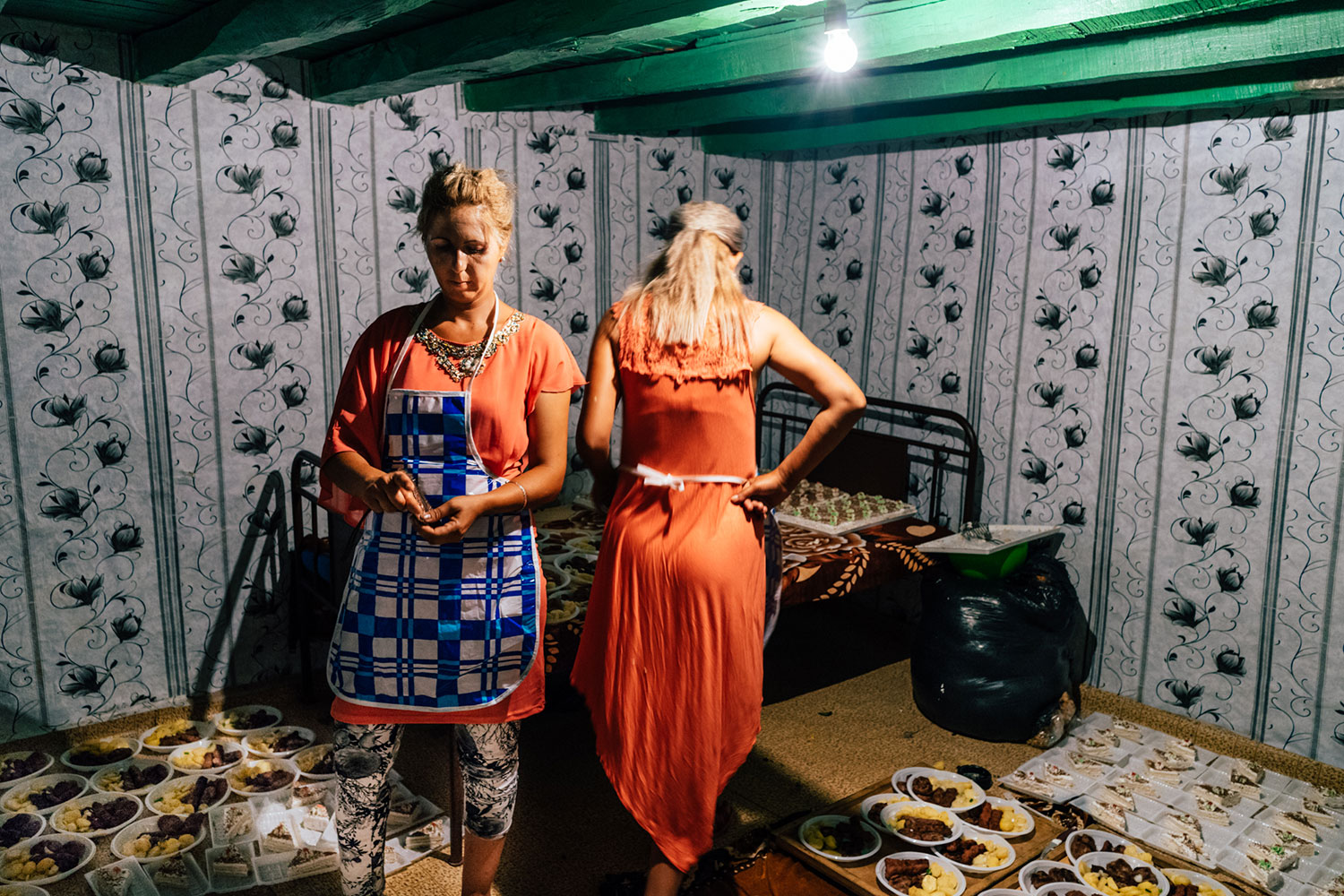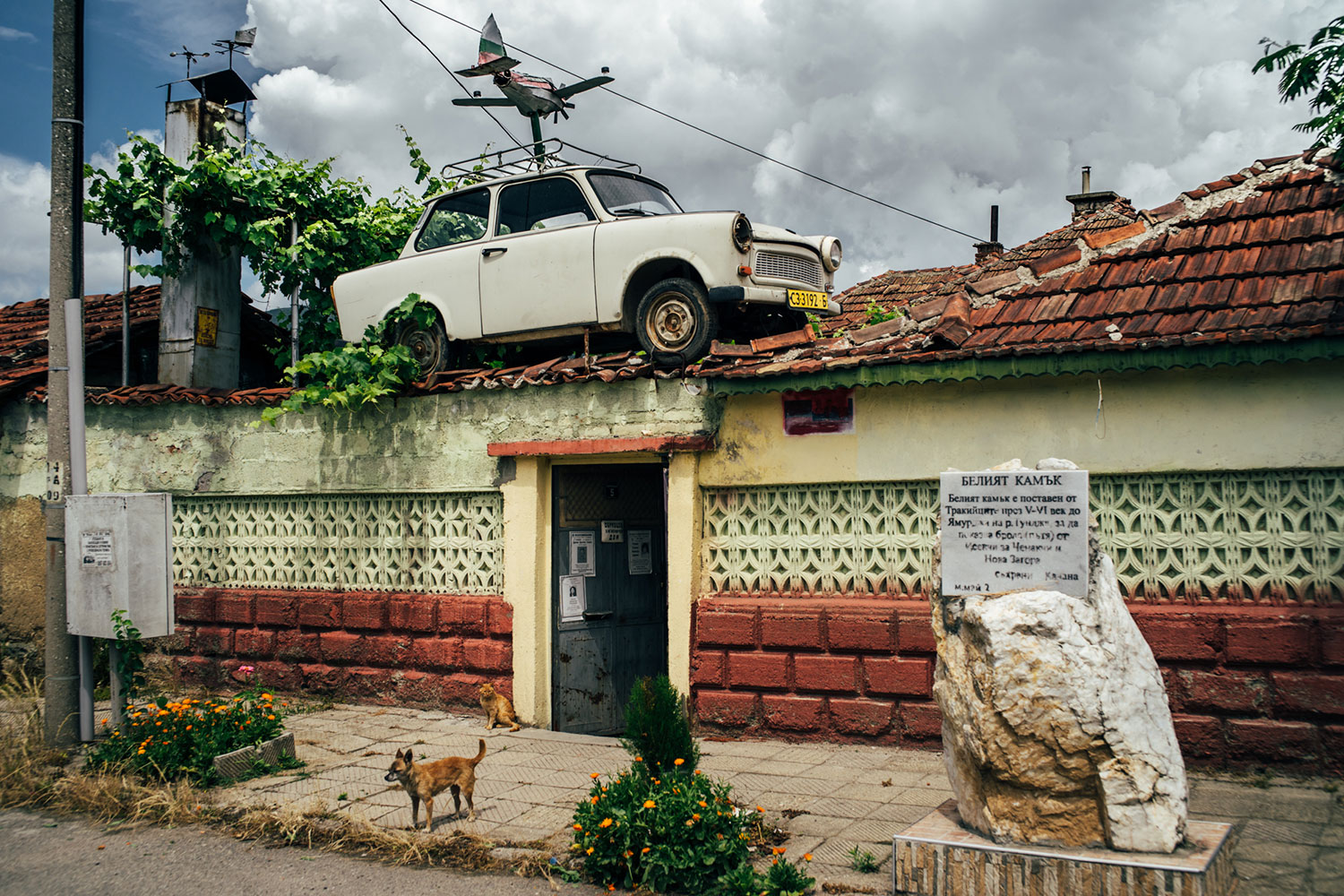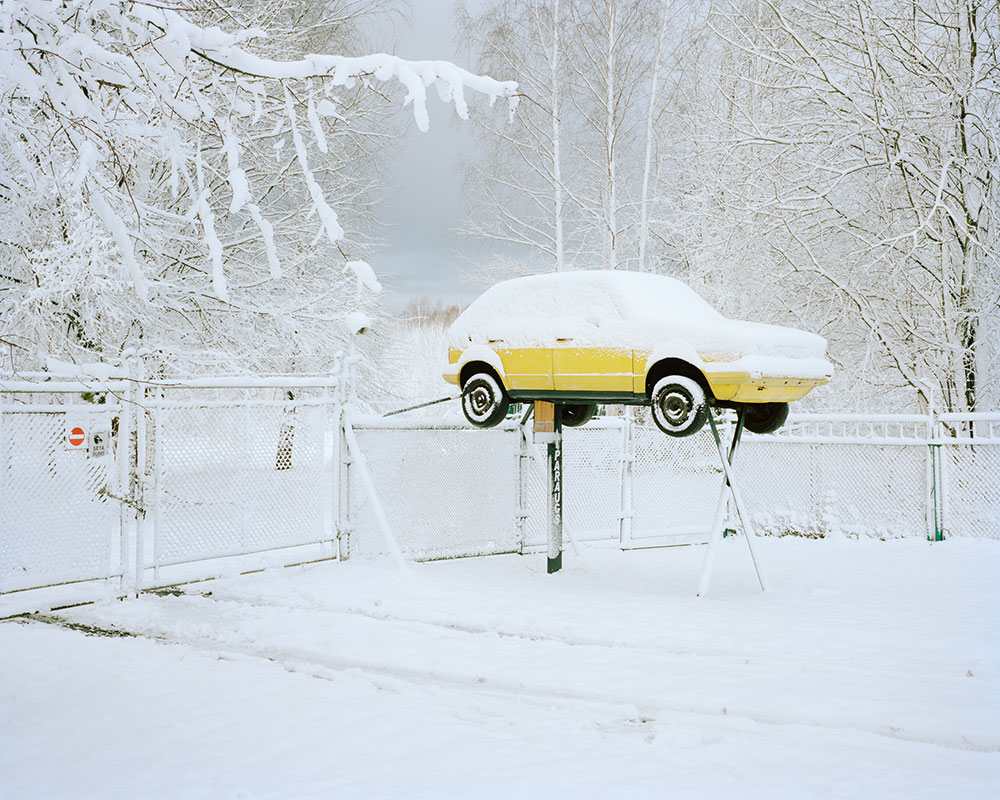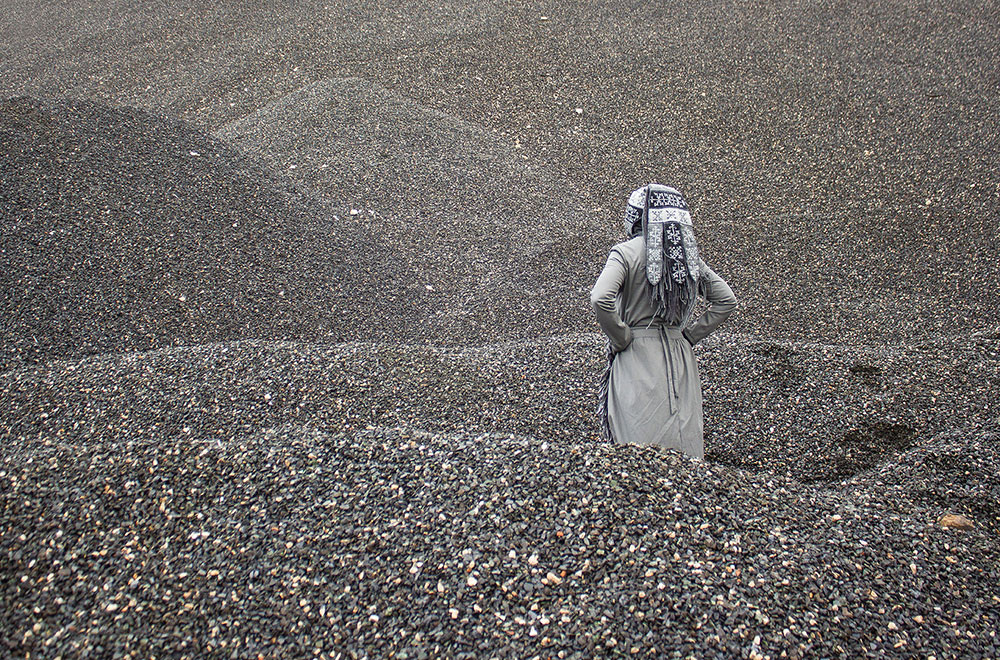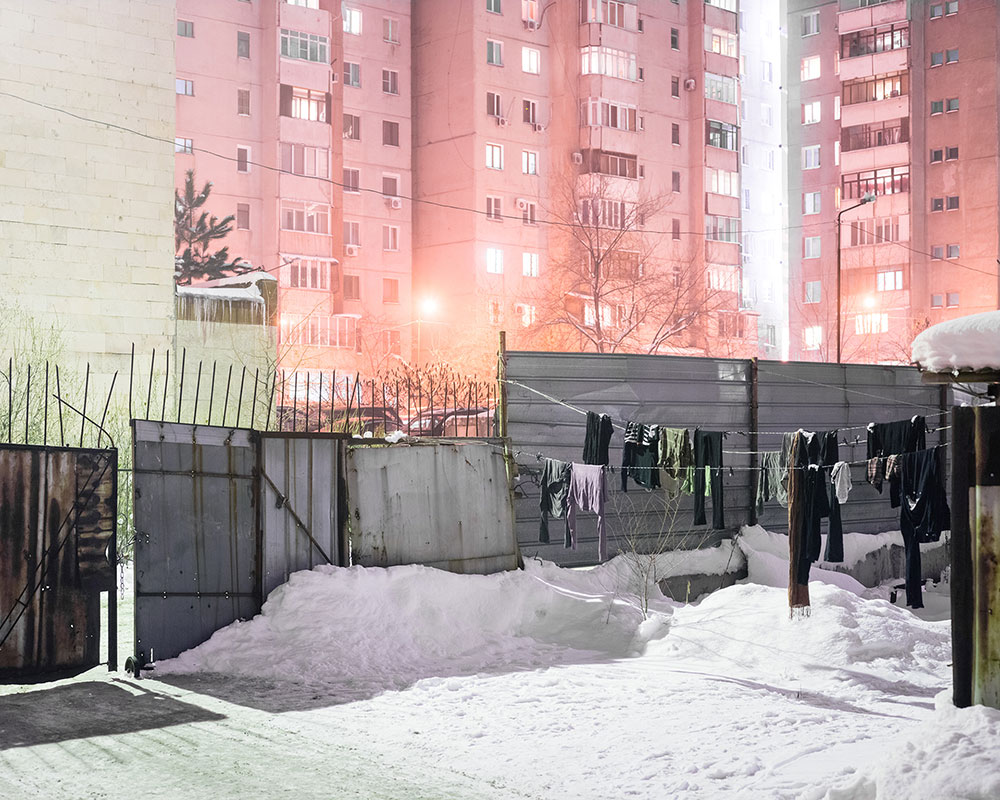
In 2007, Bulgaria joined the European Union, shaking off over four decades of communism. T(h)races by Bulgarian-born photographer Vladimir Vasilev, avoids nostalgic cliches to ask what remains of the country, through a spontaneous and sometimes absurd series of portraits.
I come from a small town called Stara Zagra, located in Central Bulgaria, where I spent all of my childhood. I first started taking photos as a teenager, when I took astronomy and astrophotography lessons. This is how I acquired the basic skills and techniques; my approach was therefore a very scientific one but it established my fascination with cameras. At the age of 15 or 16, I started taking black and white photos, and didn’t experiment with colour until 2012. My first shots mainly consisted of landscapes and still life which were high-contrasted and surreal. This lasted until I was 21 years old, when I decided to put an end to my studies as a civil engineer, despite pressure from my parents to continue, in order to fully dedicate myself to my passion of documentary photography. After two years as an assistant photographer in an advertising studio in Bulgaria, I decided to emigrate to France in September 2001, at 23 years old, to try to make a better life for myself. It took a lengthy eight years before I could actually start living from my passion again.
I found that the distanced perspective I had on my mother-country constantly sharpened my sensations and impressions. I started photographing people in black and white, sometimes stopping people in the streets. Emir Kusturica and Sergei Eisenstein’s films were a real inspiration to me at the time. Each time I’d go back to Bulgaria, my encounters would gradually become more surprising and absurd. For this reason I have come refer to Bulgaria as “Absurdistant”. My returns home, becoming more striking and chaotic, formed the basis for my work.
Each time I’d go back to Bulgaria, my encounters would gradually become more surprising and absurd
It was in 2014 that I began working on the T(h)races project. Between two countries, my points of reference melted into one another. My high-contrasted and dense black and whites with social subjects transformed into vivid colours of improbable scenes. The T(h)races project, a documentary work, is made up of a hundred photos, each of which has a story of itself. I wanted each photo to appear as a film sequence. To achieve this it would sometimes take days and weeks to achieve a satisfying photo. I wanted to plant doubt: Who are these people? What are they doing? Why are they doing it?
My goal was not to ridicule Bulgarian people or the reality that surrounds them from which I escaped from at a young age — far from it. I photographed different types of people, throughout all of Bulgaria, in towns and slums. Some of them are family members, others are friends, friends of friends or complete strangers — across all social classes. Some encounters happened by accident, others were spontaneous. I enjoy going beyond street-photography, by going into people’s homes. I find that this often leads to fortuitous encounters and situations.
There is one particular photo which isn’t in the series but which I hold close to my heart and always return to. It was taken at Buzludhza monument in the Bulgarian mountains, also known as “the flying saucer”. During the communist regime, politicians would regroup there once a year for a congress. Something many people might not know, is that after the downfall of Communism, the abandoned building was graffitied over with the phrase “FORGET YOUR PAST”. Recently, the word “NEVER” was added to the beginning of the phrase, thus completely changing the phrase and bringing about a new meaning.
